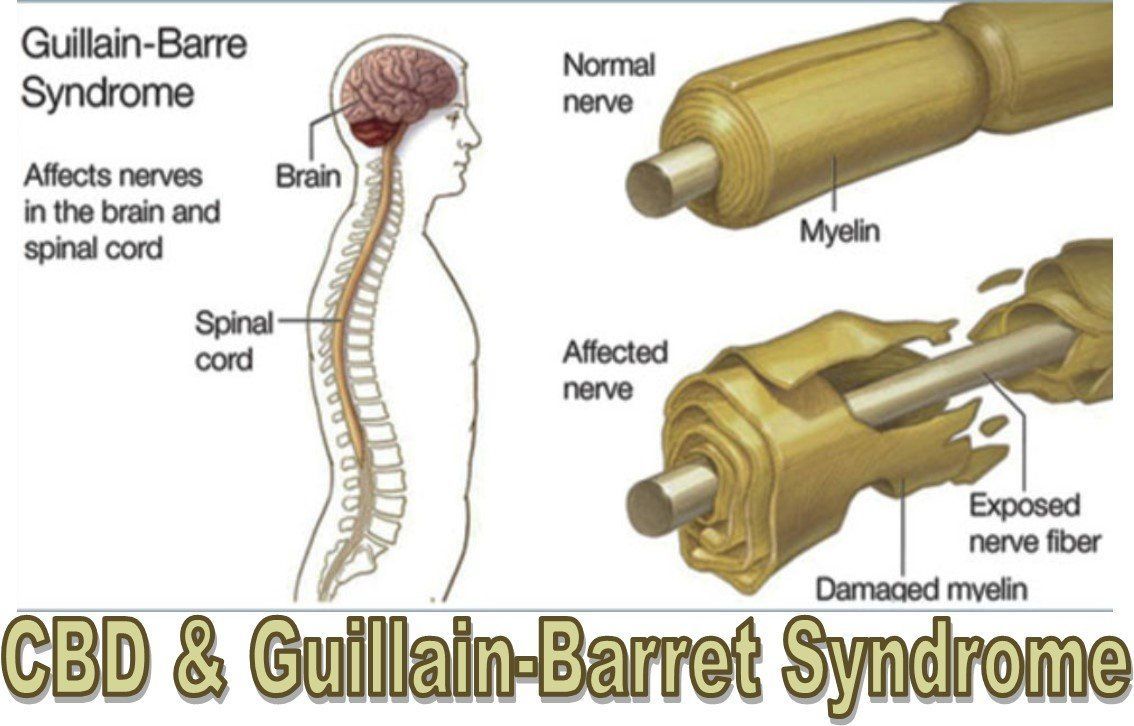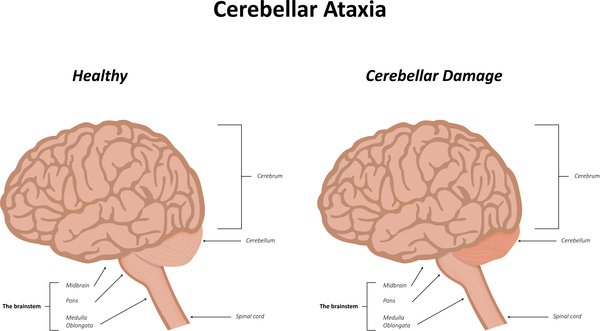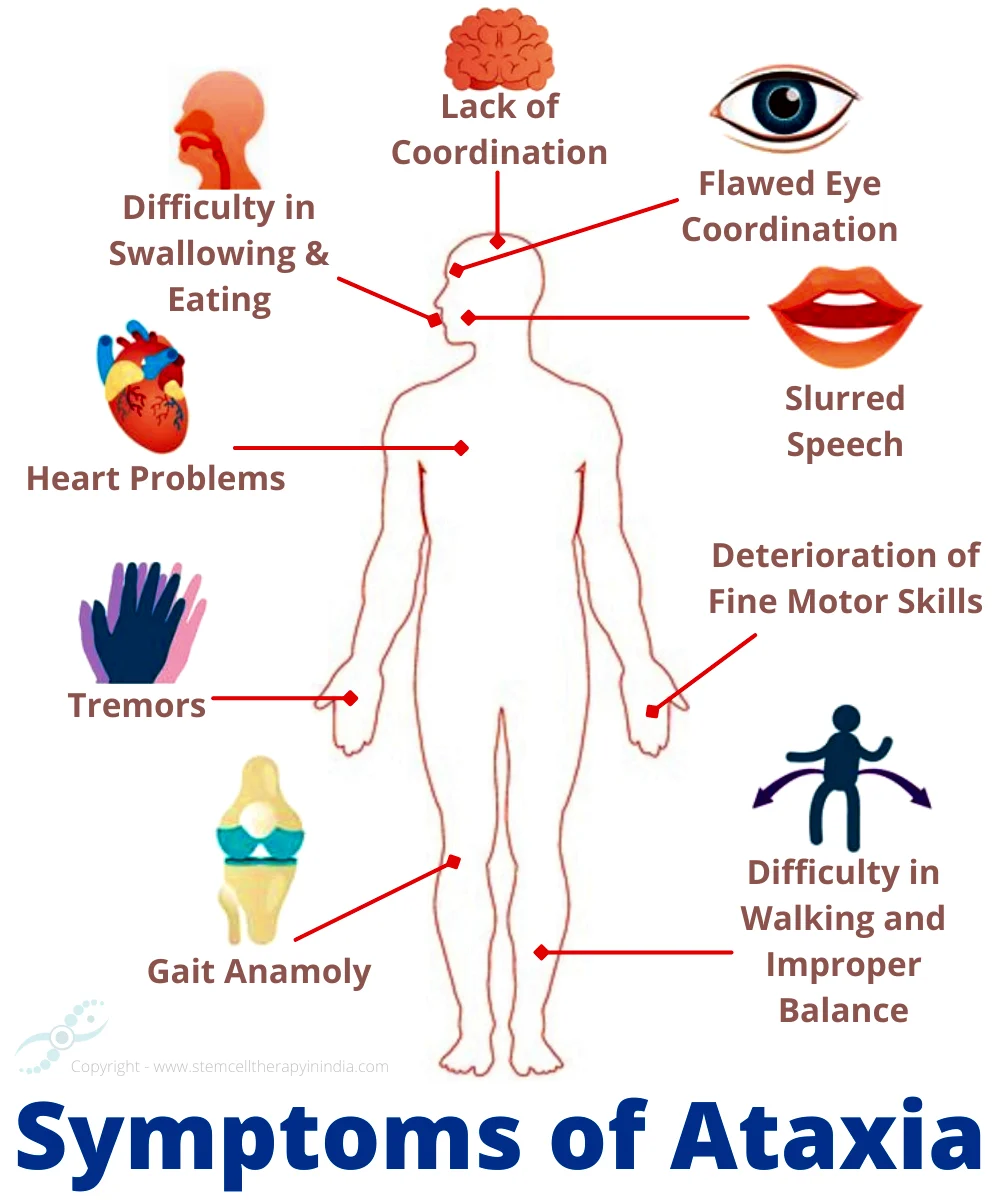Family Genogram Project assignment Help
Family Genogram Project assignment Help
1
COUN 601
Family Genogram Project Instructions
Building Your Family Genogram
Part I (GenoPro Genogram Software)
A genogram (pronounced: jen-uh-gram) is “a pictorial representation of family relationships across several generations. It is a convenient organizing device to help you identify family patterns or develop hypotheses about family functioning” (GenoPro.com). The genogram resembles a family tree; however, it includes additional relationships among individuals. This instrument facilitates the practitioner and his client’s identification an understanding of patterns in family history. The genogram also does a better job than a pedigree chart in mapping out relationships and traits.
Even though there are a plethora of books and websites on the subject of genograms, it is worth noting that Monica McGoldrick and Randy Gerson are responsible for its initial development and popularity in clinical settings. The structure of a genogram is by and large determined by the imagination and creativity of its author. Some of the most common features on a genogram are information related to the number of families, children in a given family, and the birth order of the family members—including the number of births and deaths.
Index Person: In constructing the genogram, identify yourself as the “index person” and complete the genogram on your family.
Focus: The focus of this genogram will be on family strengths and resilience, family patterns, rules or ways of being, and the overall health of the family. Of course, you should also address any issues and concerns that may be discovered; however, do not make the genogram problem-focused, even though this is typically how it is used in counseling.
Construction: You will submit your genogram through the assignment manager via GenoPro, found by clicking the “assignments” button. This submission will come in as a GenoPro document. You will also need to attach your narrative on an MS Word document. Make sure to include the following items:
· Two preceding generations—that is, the genogram must include the index person, his/her parents, and his/her grandparents (three generations, in all). It would also be imperative that, in the event of the index person being involved in a marital or significant relationship, mention must be made of the significant other involved, including their immediate family such as their parents, siblings, and children. In the case where the index person is either a parent or a grand-parent, his/her children must be included in the genogram.
· Use the symbols as illustrated within the GenoPro software to indicate the nature of many of the relationships among family members. Be sure to indicate yourself as the index person by drawing a double circle or double square around yourself. Do not forget to include the current date on your genogram.
· Use the relationship lines to indicate significant relationships within the family system. Do not use the “normal” line provided by GenoPro. This only crowds the graphic and makes it difficult to read.
· Include a legend at the bottom right corner of the genogram document. The legend must only include items represented on the genogram.
· In order to make it easy to understand, ensure that there are notes on the genogram graphic regarding people, family events, etc., in their appropriate places (for example, on the side of a relevant person or generation). Even though this is not required for the successful completion of the assignment, it may be helpful to interview other family members about important areas of their family history. It would also be a good idea to include labels (a word or two will do) about each family member’s strengths—especially those that are either known by the index person or have a relevant connection to them.
· GenoPro gives you the freedom you need to manipulate your genogram to allow enhanced viewing on a computer system. You can shorten or lengthen lines, move entire family units around to maximize space, and more. Your objective is to work with the graph to create a genogram that is easy to view and can be understood at a glance.
Analysis: Once you have completed your genogram, you will need to interpret your family map. Analyze the genogram and who you are in the context of the family based on race/ethnicity, culture, class, gender, spiritual tradition, family life cycle, etc.
Part II (Microsoft Word document)
Written Narrative: After analyzing your genogram graphic following the guidelines above, state your interpretation of yourself in clear terms. Do this by writing a paper that describes the contributions that religion, gender, race, culture, etc., and your own unique family history have made to your personal identity. Do not forget to demonstrate your understanding of key concepts learned in this course. Apart from the quality of your written work, you will also be graded on your ability to widely, deeply, and accurately analyze and utilize theoretical concepts in describing your family’s interactional process.
Rest assured that this paper will be kept confidential. Be reminded that you are solely responsible for any information you choose to disclose in this project. Also note that you are under no obligation to reveal any information that you choose not to reveal.
The following outline must be used for your paper, using current APA format:
I. Briefly introduce your family. Discuss the sociopolitical, cultural, economic, spiritual, etc. issues in your family. Do not spend a lot of time describing demographic details that can be observed on the genogram.
· You can use first person in this narrative.
· You will not need an abstract; however, you will need a cover page. A reference page must be provided if you use citations.
II. Using the data gathered and the analyses you have made based upon your genogram and other resources, address the following questions:
A. What do you understand about yourself within the context of this multigenerational family?
B. How do the cultural, historical, and personal characteristic aspects of the information impact your understanding of the self?
C. If at all, what are the family lifecycle-related issues in the past or present that have influenced your family and/or interface with question D?
D. What intergenerational dynamics, patterns and/or themes that you have identified influence you (or others) in your current family? Jump to the last section of the present document, “Interpreting Genograms” and then draw a conclusion about your analysis.
E. What areas do you need to work on in order to become a better spouse, parent, counselor, and godly person?
Conclude this part of the assignment with personal reflections on the development of this project. Were there any issues that came to light? What did you learn?
This assignment is due by 11:59 p.m. (ET) on Sunday of Module/Week 6.
How to Build a Genogram
(Many of the symbols and definitions are adopted from GenoPro.com)
Although there is general agreement on the basic genogram structure and symbols, there are some variations from one author to another and some in the GenoPro software program on how to depict certain family situations, such as cutoffs, adoptions etc. (Bowen, 1980; Kramer, 1985; McGoldrick, Gerson, & Shellenberger, 1999). The following are the common to genogram construction. The male is represented by a square and the female by a circle. You may also use a diamond for a pet and the question mark for unknown gender.
Deaths are typically represented by putting an “X” through the symbol. (If you ever do a genogram with a client, ask the client how he/she would like to represent the death since putting an “X” through the symbol without their permission could be traumatizing.)
For one to be called a parent, they would have to have at least 1 of the 3 types of children: biological/natural, foster, or adopted. On the genogram, a triangle is the standard diagrammatic representation of a pregnancy, a miscarriage, or an abortion. While an abortion is represented with a horizontal line on top of the triangle, a diagonal cross in the same position indicates the death of a baby through a miscarriage. As for a still birth, it is displayed the same as its gender, though the gender symbol is two times smaller, while the diagonal cross remains the same size.
The reason is obvious as to why the children on a genogram are placed below the family line, starting from the oldest to the youngest, and from the left hand to right. Take note that these are vitally important rules to remember down the road, as the family system becomes labyrinthine. The GenoPro software, however, does allow variations in this area.
Birth, marriage, divorce, and death dates may be indicated by the initial and year (i.e., b. 89). The ages of the individuals are put in as numbers in the markers. Alcoholism (or other relevant issues) is frequently indicated by filling in the bottom part of the individual’s marker.
The child links are joined together for multiple births, such as twins, triplets, etc. Identical twins (or triplets, etc.) are displayed with a horizontal line between the siblings. In the example below, the mother had two fraternal twin brothers, two identical twin sisters and triplets, one of which died at birth.
There are 4 general rules to keep in mind:
1. The female is always at the right of the family and the male is always at the left.
2. Where there is ambiguity, it is recommended to assume a male-female relationship instead of a same sex relationship.
3. It is assumed that a spouse must always be closer to his/her first partner than to subsequent partners (if any).
4. The youngest child is always at the right of the family and the oldest child is always at the left.
Family Relationships
The next genogram component is the family relationship to describe the union of 2 individuals, typically through marriage. Other family relationships are divorce, separation, cohabitation, engagement, etc. Each completed genogram needs a legend to describe the various symbols. This legend should include the emotional relationship and family relationship lines indicated on your genogram.
GenoPro uses this type of indicator for emotional and relationship lines. When there may be a discrepancy between this document and GenoPro, use GenoPro.
Each type of family relationship is described in the table below:
| This family relationship represents a married couple. There is no special symbol to distinguish a civil marriage and/or a religious marriage. | |
| This is the generic symbol to describe a married couple no longer living together. A separation is displayed by a single oblique bar. | |
| The married couple is separated and started legal procedure for an eventual divorce. If you know a couple is separated but you are not sure about the legal procedure, it is recommended to use the separation in fact symbol. | |
| The married couple has divorced. No comments. | |
| The marriage was annulled. This is a rare case, but it must be included. | |
| One of the spouses died while married. Use this symbol only when the surviving spouse re-married. Otherwise, everyone in your ancestry will be widowed. | |
| The two individuals are in the process of getting married. | |
| Same as above except the individuals are living together before getting married. | |
| There is a legal paper trail about the cohabitation. The two individuals have written contract about the cohabitation status, involving benefits such as parental responsibility, common ownership, and inheritance. | |
| The two individuals no longer live together and are in the process of terminating their cohabitation contract. | |
| The cohabitation contract has been terminated. | |
| One of the partners is deceased. This situation is similar to widowed; the difference is the two individuals had a cohabitation contract rather than a marriage contract. Again, use this symbol if the surviving partner has had other partners, or every legal cohabitation will end by either a separation or a death. | |
| Although there is no legal definition of cohabitation, it generally means to live together as a couple without being married. Use this relationship to define the generic common law spouse. There is no such thing as illegal cohabitation. | |
| The generic symbol of two individuals no longer living together. | |
| The two individuals lived together until one of the partner died. Same as legal cohabitation and decease, but no cohabitation agreement had been written. | |
| A relationship where two individuals live together, but there is no affection towards another. |
| The action of seeing someone or dating. Be aware the terms boyfriend and girlfriend are often used for cohabitation, but not exclusively. |
| The two individuals are no longer dating. This could be called ex-boyfriend or ex-girlfriend. Be aware, the term ex-boyfriend and ex-girlfriend may also be used for cohabitation and separation, but not exclusively. | |
| This is the polite term for having a mistress or a one night stand. Select this relation if children are the product of such a relationship. | |
| One individual is abusing or has abused the other individual, including date-rape, drug-rape, and wife-rape. This type of relationship is mostly used in therapy or when a child was the product of such relationship. | |
| A relationship not specified in the list above or is unknown to the creator of the genogram. Use this symbol to highlight an unusual type of relationship. | |
| A blank value is used to describe an unspecified relationship when creating a new family. This is the symbol used to indicate that the user has not yet specified the type of relationship. |
A family always has two parents. Use the appropriate family relationship symbol to describe the status of the family. For instance, a single parent family (single mother or single father) is still a family of two individuals, but one individual left. If a new partner or spouse is replacing one parent, create a new family to describe the relationship of the new couple.
Emotional Relationships
Although the family relationship may describe the emotional bond between the two parents, the emotional relationship component can be used to describe the emotional bond between any two individuals in the genealogy tree.
Each type of emotional relationship is described in the table below. The legend symbols have been made bigger so you can see them better.
| Define a cutoff relationship where the two individuals have no contact at all; characterized by extreme disengagement and emotional intensity. | |
| Define an apathetic relationship where one or both of the individuals is indifferent to the other. | |
| Define a distant relationship between two individuals. Communication is very limited, usually because of lifestyle differences. | |
| Define a plain/normal relationship. This is not very useful, except to highlight a normal relationship among massively dysfunctional relationships. Therefore do not use this unless there is a situation as stated above. This emotional relationship may resemble the identical twins; however if you take a closer look, the line is colored in gray. When twins are present, the child links are connected together, producing an inverted V. If a plain/normal relationship has to be displayed, then create a non-linear line between the two twins. | |
| Define a close relationship (friendship) between two individuals. The two individuals are friends and share secrets. | |
| Define an intimate relationship, where communication is open, uncensored, and without secrets. | |
| Define a fused relationship between two individuals. Each submerges “self” in the other, and the partners become fused with little space for their own identities. There are great books about this topic. | |
| Define a hostile relationship between two individuals. The two individuals have conflicts and argue on major issues. | |
| Define a distant-hostile relationship between two individuals. The two individuals rarely see each other, but when they are together, they argue and are hostile towards another. | |
| Define a close-hostile relationship between two individuals. These people have frequent contact but argue and keep secrets from one another. | |
| Define a fused-hostile relationship between two individuals. These individuals are always together yet unable to live without arguing. | |
| Define a violent relationship between two individuals. The two individuals have conflicts which result in extreme actions such as physical force or excessive power. | |
| The two individuals rarely see each other, but when they are together, they argue and exhibit violent behavior. | |
| The two individuals have frequent contact, yet argue and exhibit violent behavior when together. | |
| A violent behavior to avoid a break in the relationship when intimacy/fusion is difficult or impossible to maintain. Fusion compromises the feelings, identities and self-direction of each, thus creating instability. | |
| One individual is abusing another individual. Use this relationship if you don’t know the exact type of abuse. | |
| One individual is physically abusing another individual. Any non-accidental injury to an individual, typically to a child or a woman. This includes hitting, kicking, slapping, shaking, burning, pinching, hair pulling, biting, choking, throwing, shoving, whipping, or paddling. | |
| One individual is emotionally abusing another individual. Any attitude or behavior which interferes with mental health or social development is emotional abuse. This includes yelling, screaming, name-calling, shaming, negative comparisons to others, telling them they are “bad, no good, worthless” or “a mistake”. | |
| One individual is sexually abusing another individual. Sexual abuse is any sexual act between an adult and child, or a forced sexual action between two adults. This includes fondling, penetration, intercourse, exploitation, pornography, exhibitionism, child prostitution, group sex, oral sex, or forced observation of sexual acts. | |
| Failure to provide for a child’s physical needs. This includes lack of supervision, inappropriate housing or shelter, inadequate provision of food, inappropriate clothing for season or weather, abandonment, denial of medical care, and inadequate hygiene. | |
| One individual is focused unhealthily (obsessed) on another individual. | |
| The two individuals never met. Again, this relationship is not used often but can be handy to explicitly confirm the two individuals never met. It is up to the creator of the genogram to give details about the relationship, such as “never met physically” but “met online”. | |
| An emotional relationship not defined in the list. Use a comment to elaborate on the details of the relationship |
Creating Genograms
The following are questions to consider in creating a genogram. Review your personal history and the people, existing support systems, or events that may have influenced you.
1. Who lives in the household? Where do other family members live?
2. How is each person related?
3. How do other family members view you?
4. What are changes that have occurred in the family?
5. Has anyone else lived with your family? When? Where are they now?
6. Are there any family members who have had a medical or mental illness of any kind? Who are they and how are they related to you? When did the problem(s) begin? What kind of treatment was helpful for them or available to them?
7. Are there any family members who are very close? Friends who are close? Who are they?
8. Which members help out when you need them?
9. How do you get along with each member in your home? In your family?
10. Whom do you see as the strong one? The weak one? The sick one? The bad one? The mad one? The one with all the problems? The dominant one? The submissive one? The successful one? The failure? The warm one, cold one, caring one, distant one, or the selfish one?
11. Has anyone in your family had serious medical problems? Who and what did they have?
12. What roles have you played in your family?
13. How did the family react when a particular family member was born? When a particular family member died?
14. Are there any family members who do not speak to each other or who have ever had a period of not speaking? Are there any who were/are in serious conflict?
15. Are there any family members who are extremely close? Who helps out when needed? In whom do family members confide?
16. What sort of issues occurred between the couples in your family?
17. How does each parent get along with each child? Have any family members had particular problems dealing with their children?
18. Any job changes? Unemployment? How do you like your job? What is the economic situation?
Interpreting Genograms
There are many ways to interpret a genogram. As a rule of thumb, the data must be analyzed for the following:
1. Multi-Generational Issues: Repetitive symptom, relationship, or functioning patterns can be seen across the family and over generations. Thus, you ought to examine the genogram for repeated triangles, coalitions, cut-offs, patterns of conflict, over-and under-functioning, etc.
2. Dates: Dates provide information that helps put events in perspective. For example, coincidence of dates (e.g., death of one family member or anniversary of death occurring at the same time as symptom onset in another, or the age at symptom onset coinciding with the age of problem development of another family member. Dates throw light on the impact of sequential or simultaneous happenings whose relatedness may be otherwise hard to ascertain. For example, if you find out that an individual or family was dealing with several mishaps within a given year, you can see the effect these stresses would have on family members, such as a young baby or an older child leaving home.
3. Change and Life Cycle Transitions: Changes in functioning and relationships that correspond with critical family life events. Of particular interest are untimely life cycle transitions (e.g., births, marriages, or deaths) that occur “off-schedule.”
4. Traumas: Traumas can have a dramatic impact on people. Experiencing such events as abuse; war; natural disasters; etc., their timing, and how people reacted are critical to examine.
5. Gender: Gender beliefs and values do have an influential role in families. They often create complications within the context of cross-cultural marriages, especially when involving members of different gender beliefs. A common example of such a case is if a family has sent clear messages that men are strong and do not show emotions (especially hurtful ones), you may come to understand why a given younger-generation married couple would be struggling to communicate.
6. Secrets: Secrets in a family not only take energy away from a family, but may reveal important information about boundaries and communication patterns in the family system.
7. Losses: The issue of losses is a fundamental factor in genograms. Some of the points to note under this category are: the event of sudden and critical illness, economic hardships, sudden death, disabilities, unanticipated loss or shortage of income, miscarriages, divorces, etc. Even though the impact of such losses varies from person to person, the question is: “To what extent was this event perceived as a loss?” Not all these events are perceived as losses, and the depth of loss also does vary greatly.
Much of the information and materials in this document were taken from the GenoPro website such as the rules, symbols, family relations, emotional relationship pages. Permission was given to do so by the developer of GenoPro to the developer of this document.
GenoPro Software. www.genopro.com [permission to use symbols and other materials from
GenoPro has been granted to the creator of the document]
McGoldrick, M., Gerson, R., & Petry, S. (2007). Genograms: Assessment and intervention
(3rd ed.). New York: W.W. Norton and Company
Page 6 of 14












:max_bytes(150000):strip_icc()/VWH-AdrianaSanchez-CopingWithAtaxiaTelangiectasia-Standard-3c8f38f48f894426a011ae01d163db01.jpg)
